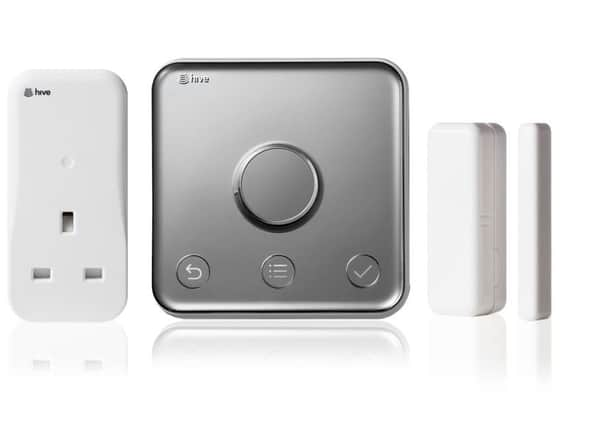You don't need voice control to automate your home


It wasn’t so very long ago, but since then, wi-fi has automated everything. Gadgets that once were seen only in bachelor pads in movies starring Sean Connery are now commonplace.
Much has been made in the last year of automation hubs that listen for instructions and act accordingly. The Amazon Echo and Google Home are the best known of these, but they’re really remote controls that you work with your voice instead of your finger. True automation needs no intervention from you at all; the commands come instead from smart “triggers” that you install around your home.
Advertisement
Hide AdAdvertisement
Hide AdSuch triggers might be the thermostat on a radiator, a light switch with a photoelectric cell that senses when it gets dark, or a magnetic catch on the door that can tell when it’s closed. You can then programme each one to perform a function – which might be a simple task like turning on an outside light at dusk, or a collection of related instructions: dimming the room lights to 10 per cent, switching on a table lamp and boosting the heating to 20 degrees for two hours when you plan to sit down and watch a movie, for instance.
The best known automation systems are Nest and Hive, operated by Google and British Gas, respectively. Both have your central heating system at the heart of their functionality, replacing your the timer on your boiler with a control panel which, in turn, connects to an internet-enabled hub. This lets you operate your heating remotely from elsewhere in the house or, indeed, anywhere in the world.
You get a greater level of control than you could expect from a standard timer: different settings for each day of the week, if you want, and the facility to turn the heating on and off according to the temperature in your house, rather than just the time.
But that’s only the beginning. Nest and Hive have now spread their nets much wider, with a range of other products capable of communicating with the central hub. These include motion-sensing cameras, light bulbs and 13-amp plug adaptors that can turn any “dumb” appliance into a smart one.
Advertisement
Hide AdAdvertisement
Hide AdYou can thus set your system to turn off the lights in your house when you close your front door, or turn a cooling fan on when a window closes. The possibilities are limited only by the number of compatible gadgets you choose to buy.
Each one can be triggered manually by an app, or automatically when a set of conditions are met. If you have an Amazon Echo or Google Home, you can control either system by speaking to it.
Of the two, Nest is perhaps the most integrated, with a thermostat that claims to “learn” your preferences and a range of accessories which includes a pet food dispenser for when you’re away.
For heating alone, a third system, Tado, is available, with the facility to add smart control to individual radiators as well as the system as a whole.
Advertisement
Hide AdAdvertisement
Hide AdStarter kits are about £240, including installation – though if you’re handy with a screwdriver, you can save around £70 on some kits by installing them yourself. Door sensors typically cost around £30 each and light bulbs around £15, or less in multi-packs. And once your boiler is hooked up, no other wiring is necessary.